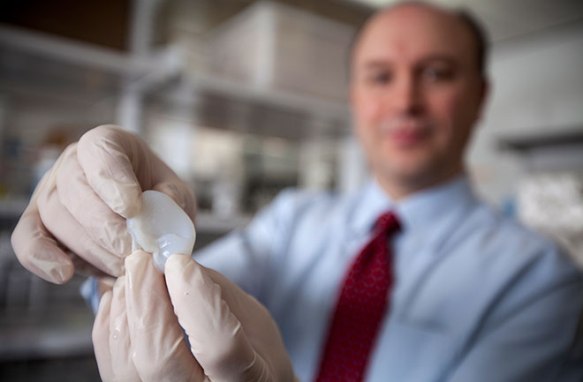Advancements in reconstructive surgery have made it possible to produce human ear replacements via 3D printing.
Dr. Jason Spector of Weill Cornell Medical College in New York has found a way to recreate artificial ears to the exact measurements and specifications of real human ears. These replacement human ears are intended for transplanting to patients with microtia, or congenital ear deformity. These ears can also be possibly transplanted to patients that have suffered ear trauma.
The research team led by Spector and Dr. Lawrence Bonassar first used 3D image scanning to generate a digital model of the human ear. When the measurements have been adjusted to properly fit the patient, the model is then printed on a 3D printer to create a plastic mold. This mold is then injected with a high-density medical gel, upon which cultured human cartilage cells will be allowed to replicate and grow.
The result is a replica of the human ear made with human cells, and it can be then be transplanted on the patient. According to the research team, this new technology in reconstructive surgery is a step above regular ear transplants, because prior to this, lab-cultured ears do not have the exact fit as that of the patient’s ear, causing protrusions that are painful and uncomfortable.
Now, thanks to 3D imaging and 3D printing, human ear replacements are more precise, thereby being more effective in serving their function to patients. Eventually, the medical team at Weill Cornell Medical College hopes that other body parts can be scanned, printed, and lab-cultured in the same way. That is a possibility we may soon see as a reality.
For more innovations in medical technology, you can check out the X-finger or the artificial phalange, or the bionic hand that provides sensory feedback and movement.
Via Discovery News











